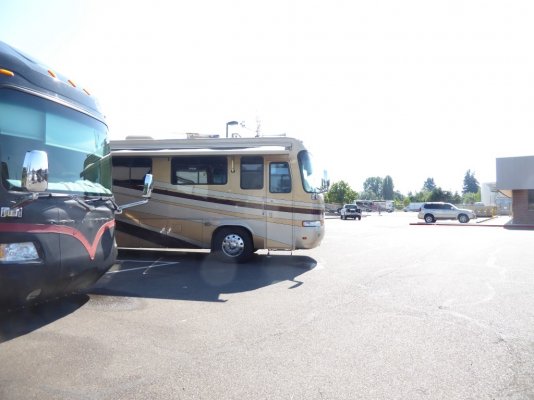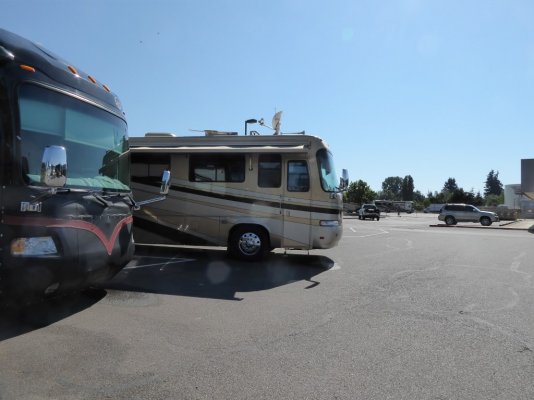Hi Max. A big thanks for the offer of help.
Part of my issue is my point-and-shoot approach; I'll see something I wish to capture, whether it's a landscape, a bird, some action, grandkids, pets, or a group of people, raise my camera and 'click'; Then be disappointed with the result. I've watched pros and experienced amateurs appear to do the same thing and get far superior results. At the other extreme, I've read about folks who take 500 shots a day and throw away 499; I have neither the time nor the patience to do that.
When I've talked with pros about the subject of this topic, I've received different answers (e.g. aperture priority with f=x, or shutter priority with shutter speed = 1/x). Others tell me I should balance aperture (f) and ISO. I've watched several Nikon-shooting pros attempt to use or demonstrate something on one of my Canon cameras, and have seen them be totally lost because they were unfamiliar with Canon.
Over the years, I've read various books and watched videos, including those produced by Canon; They all make sense at the time but, when I raise the camera to take the shot, my mind goes blank.
Some info on my cameras:
1. My go-to camera for the last few years has been a Canon SX20 IS with a non-interchangeable Canon 5-100mm lens. I walk around with this camera in one hand, not necessarily intending to take shots but, when I see something of interest, the camera is right there.
2. Hoping to get better results and extend the range, I subsequently bought a Canon Rebel XSi with Canon 55-250mm and Canon 18-55mm image stabilized lenses. I find this camera less convenient to use, and usually only bring it along if I have the intent to take photos.
Almost in desperation, I catalyzed the forming of a "photography club" within our local retired guys club, hoping to learn from the experts. We have a small core of 5-7 folks with widely different competence, equipment and interests. A couple of the guys are very active astro photographers, and a few are P&S guys like me. I failed to get any of the retired pros to join the group, partly because they felt they'd be spending their time teaching the rest of us and wouldn't get anything out of it.


